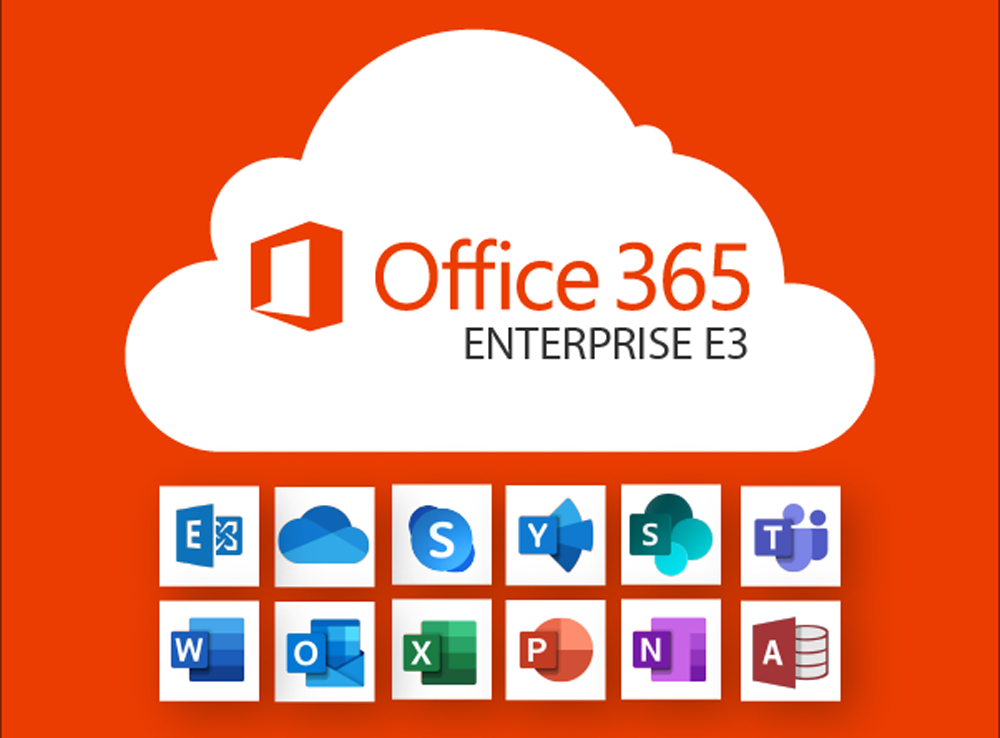In Microsoft Office 365 Enterprise, the File tab, a blue tab located at the left of the tabs, opens up a display of file related menu commands, such as Open, Save and Print, and is known as the Backstage view.
If you already have a file open when you click the File tab, you will see the Info screen. This gives information about the file properties at the right of the screen, whilst the central section gives options for changing permissions, preparing the file for sharing and deleting older versions of the file.
File commands are found in the left pane.
Microsoft Office 2010 File formats
The Office 2010 file format is XML based. This format significantly reduces file size, allows for increased compatibility, provides enhanced damaged file recovery and stores macros separately to prevent malicious code from running. The default file type for Word is .docx, that for Excel is .xlsx, that for PowerPoint is .pptx. An Access database has file format .accdb. Files can also be saved in PDF format or in XPS Document Format which is a fixed-layout electronic file format that preserves document formatting developed by Microsoft.
Opening Files
From the File tab, if you have used the file recently, click Recent. A list of recent used files will be displayed. Click on the required file to open it. (If you want a file to stay on the list, click on the pin to the right of the file name.)
Otherwise, from the File tab, click Open (or press Ctrl + O). The Open dialog box will be displayed.
Locate the required file, then either double-click on the filename or click once on the filename and click Open.If the file was created in Office 2003 or earlier, it will automatically be opened in compatibility mode.
To open a specific file type, from the Open dialog box, click the Files of type list arrow, then click a file type.
Closing Files
To close the current file, click the Close button at the top right of the window – if this is the only open document the application will also be closed, otherwise it will remain open. If you have made changes and have not saved them, you will be asked whether or not you want any changes to be saved.
Files can also be closed by clicking File tab and then clicking Close, or by pressing Ctrl + W, or by right-clicking its taskbar icon and clicking Close.
If you exit the application (File tab, then Exit), all open files within the application will be closed – if you haven’t saved them, you will be given opportunity to do so. If you click Don’t Save, a version will still be saved, just in case!

